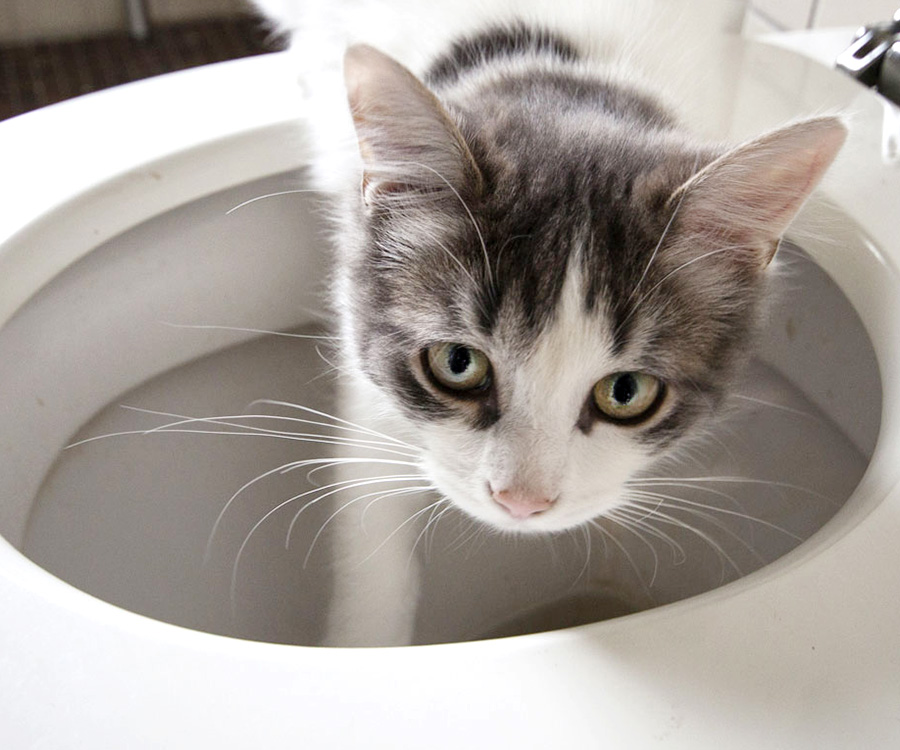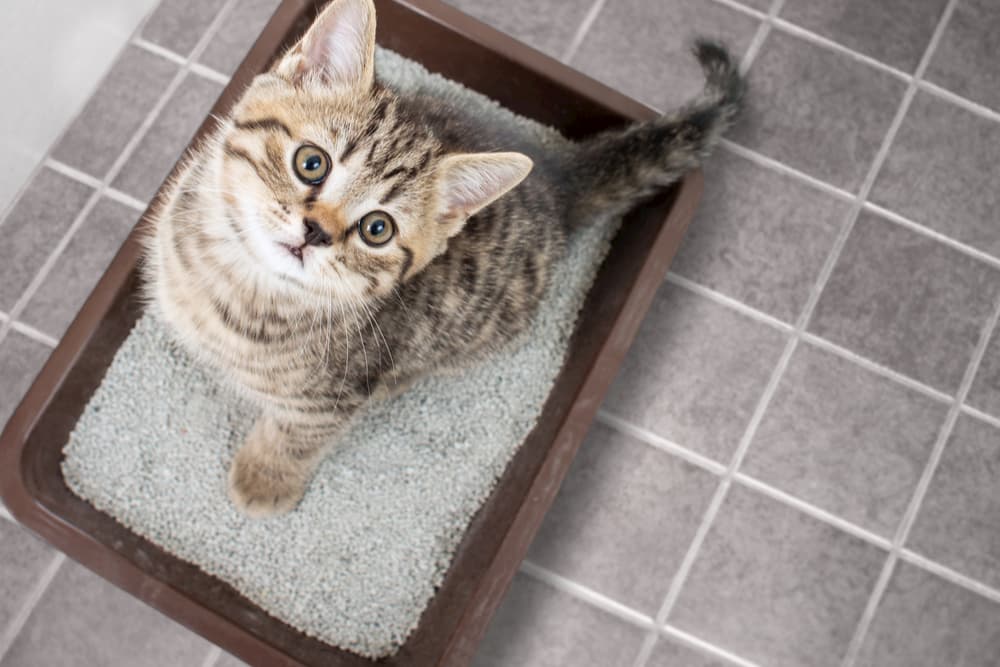How Flushing Animal Waste May be Not Advisable
How Flushing Animal Waste May be Not Advisable
Blog Article
Everybody maintains their own individual opinion on the subject of Why you should never flush dog poop down the toilet.

When it pertains to getting rid of waste, especially animal waste, many people usually consider the hassle-free alternative of flushing it down the toilet. Nevertheless, this relatively very easy remedy can have serious consequences for the setting and public health. In this write-up, we'll explore why flushing animal waste down the commode is a poor idea and give different approaches for correct disposal.
Intro
Proper garbage disposal is vital for maintaining ecological sustainability and public health. While it might appear safe to purge animal waste down the commode, it can result in different problems, both for the setting and human health.
Threats of flushing animal waste
Ecological influence
Purging pet waste presents damaging microorganisms and pathogens right into waterways, which can adversely affect marine environments. These virus can infect water sources and harm marine life, interfering with delicate environments.
Public health problems
Animal waste has hazardous germs such as E. coli and Salmonella, which can position severe wellness dangers to people. Flushing animal waste down the toilet can pollute water products, resulting in the spread of illness and infections.
Alternatives to flushing
Rather than flushing animal waste down the bathroom, there are several different disposal methods that are much more eco-friendly and sanitary.
Composting
Composting pet waste is an eco-friendly means to deal with it. By composting, raw material is broken down right into nutrient-rich dirt, which can be utilized to fertilize yards and plants.
Landfill disposal
Getting rid of pet waste in a land fill is one more choice. While not as environmentally friendly as composting, it is a much safer alternative to flushing, as it protects against the contamination of water resources.
Animal garbage disposal systems
There are specialized animal waste disposal systems available that safely and hygienically deal with pet waste. These systems often make use of enzymes to break down waste and remove odors.
Steps to appropriate pet waste disposal
To guarantee proper disposal of animal waste, comply with these steps:
Scooping and getting waste
Frequently scoop and bag pet waste utilizing eco-friendly bags. This stops waste from polluting the setting.
Making use of marked waste bins
Dispose of bagged animal waste in marked waste bins, such as compost bins or garbage dump containers. Stay clear of flushing it down the toilet in any way expenses.
Cleansing can and pet dog locations frequently
Regularly clean can and pet areas to stop the accumulation of waste and bacteria. Usage pet-safe cleansing items to maintain health.
Benefits of proper disposal approaches
Taking on appropriate disposal methods for animal waste provides a number of benefits:
Reduced environmental pollution
Correct disposal approaches lower the risk of environmental pollution, protecting waterways and communities from contamination
Decreased risk of water contamination.
By staying clear of website flushing animal waste down the bathroom, the danger of water contamination is significantly reduced, protecting public health.
Enhanced sanitation and hygiene
Proper disposal methods advertise better cleanliness and health, creating a safer environment for both humans and animals.
Verdict
In conclusion, purging pet waste down the bathroom is dangerous to the setting and public health. By embracing different disposal approaches and following appropriate waste monitoring techniques, we can reduce the adverse impact of animal waste and contribute to a cleaner, much healthier world.
What To Do With Dog Poo – The Do's And Don'ts Of Disposing Of Faeces
Dog poo bins
Some councils provide dedicated dog waste bins in popular dog-walking areas that can take dog poo that has been bagged but you can legally dispose of dog waste in any public litter bin, as long as it is securely bagged. This also applies to your wheelie bin at home.
Do not flush
Water companies do not recommend flushing dog faeces down the toilet because certain parasites can survive the water processing treatment and are potentially harmful to humans. You should also never consider flushing dog poo that has been bagged down the toilet as the bags will not break down and instead create severe blockages in the sewage system.
In the woods
The Forestry Commission promotes a ‘stick and flick’ method for dealing with waste in the woods. This means finding a stick and using it to flick any poo from off the path so that it is out of the way of other walkers. You could also bury it as long as it is not in an area where there might be livestock.
Livestock
Parasites found in dog poo can be transmitted to livestock if they inadvertently eat infected faeces that has been left on grazing land. This could result in the death of sheep or abortion in cattle so you should always make sure you pick up your dog’s waste in fields where livestock could be present.

Regularly clean can and pet areas to stop the accumulation of waste and bacteria. Usage pet-safe cleansing items to maintain health.
Benefits of proper disposal approaches
Taking on appropriate disposal methods for animal waste provides a number of benefits:
Reduced environmental pollution
Correct disposal approaches lower the risk of environmental pollution, protecting waterways and communities from contamination
Decreased risk of water contamination.
By staying clear of website flushing animal waste down the bathroom, the danger of water contamination is significantly reduced, protecting public health.
Enhanced sanitation and hygiene
Proper disposal methods advertise better cleanliness and health, creating a safer environment for both humans and animals.
Verdict
In conclusion, purging pet waste down the bathroom is dangerous to the setting and public health. By embracing different disposal approaches and following appropriate waste monitoring techniques, we can reduce the adverse impact of animal waste and contribute to a cleaner, much healthier world.
What To Do With Dog Poo – The Do's And Don'ts Of Disposing Of Faeces
Dog poo bins
Some councils provide dedicated dog waste bins in popular dog-walking areas that can take dog poo that has been bagged but you can legally dispose of dog waste in any public litter bin, as long as it is securely bagged. This also applies to your wheelie bin at home.
Do not flush
Water companies do not recommend flushing dog faeces down the toilet because certain parasites can survive the water processing treatment and are potentially harmful to humans. You should also never consider flushing dog poo that has been bagged down the toilet as the bags will not break down and instead create severe blockages in the sewage system.
In the woods
The Forestry Commission promotes a ‘stick and flick’ method for dealing with waste in the woods. This means finding a stick and using it to flick any poo from off the path so that it is out of the way of other walkers. You could also bury it as long as it is not in an area where there might be livestock.
Livestock
Parasites found in dog poo can be transmitted to livestock if they inadvertently eat infected faeces that has been left on grazing land. This could result in the death of sheep or abortion in cattle so you should always make sure you pick up your dog’s waste in fields where livestock could be present.

I have been very focused on Don't Flush Your Pets Poo Down The Loo, Vet Warns and I'm hoping you liked the new blog posting. In case you appreciated our blog entry plz make sure you remember to pass it around. I take joy in your readership.
Give Me A Quote! Report this page